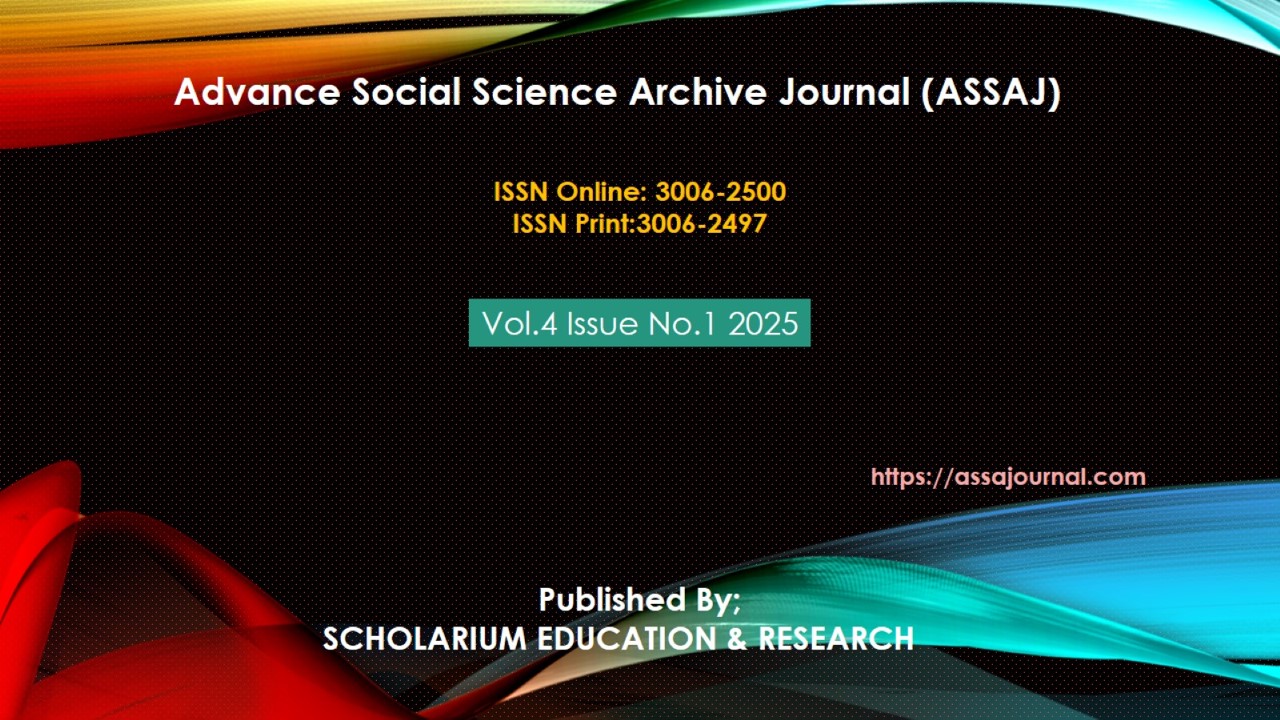Digital Devices and Childhood: The Relationship between Device Usage and Social Development in Khyber Pakhtunkhwa
Abstract
The accelerated introduction of digital devices into the lives of children has sparked much controversy about the developmental impact of these technologies, especially in areas with less access to resources where parents are the key stakeholders in technology use. This study reviews the relationship between the trends in the use of gadgets and social growing of children with ages between 3 and 12 years in KPK (Khyber Pakhtunkhwa), Pakistan. According to Uses and Gratifications and Social Learning Theories, this study was using a quantitative survey, cross-sectional survey by 400 households and half of them are his mother and 50% is his father selected using stratified random sampling. The data was analyzed by means of the correlation test of Spearman rho. The findings showed that there is a strong negative correlation between the frequency and amount of time the device is used and the social development of children. On the other hand, parental attitude toward using the devices showed no meaningful connection to social outcomes, but there was a minor moderate effect on mediation strategies. These findings confirm that the relationship between digital exposure of children, parenting styles, and cultivation of their social skills is complicated and that culturally sensitive parenting education and policy execution are required in Pakistan.
Keywords: Digital Devices, Childhood Development, Social Development, Device Usage, Khyber Pakhtunkhwa, Technology and Children, Screen Time





